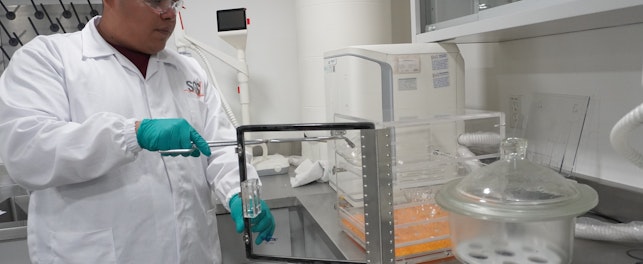The consequences of releasing an unsafe juvenile product onto the market can be severe – possible injury or death to child/damage to property, or recall. How can manufacturers mitigate the risks associated with designing unsafe products?
Every parent wants to know their child is safe. When they buy a product that has been designed for use with or by a small child, they will ask themselves – does this create a safe environment for my baby?
What is ‘safe’?
In the context of juvenile products, safety can be defined as not causing injury or harm to the child, parent, property, or environment. To assess this, the manufacturer needs to consider:
- Harm – is the product safe?
- Hazard – will using the product cause harm or injury to anyone or anything? This should include expected misuse
- Risk – what is the probability of the harmful incident occurring and its possible severity?
There are three ways manufacturers can address the concept of safety:
- Develop inherently safe products – consider intended use, possible misuse, and the age range of the user
- Prevent hazards and risks – achieved by adequately considering possible hazards and risks, looking at the design functions and possible misuse, conducting a risk assessment
- Product information – manufacturers can use this to reinforce correct usage, although it cannot prevent hazards in the design
Product information should only be used when hazards cannot be addressed by design. To ensure parents read it, it must be clear, concise and can contain images to aid understanding. In addition, it should contain details of how misuse can lead to severe hazard. The aim is to inform the parent about potential risks and good safety practices.
Regulations
There is no set standard for juvenile products that covers all territories, However, the regulations that are enforced often stem from common principles.
Manufacturers should start by considering what standards and parameters may apply to the product they are developing. They should look at:
- Environment of use – where will it be used (day care center, automobile, textile sleeping products for cots, etc.)
- Multi-function products – is the product transformable? Does it have electronic components? Is it for use in early learning?
- Combined product – two or more products combined into one – for example, the car seat that can be used as a stroller or the changing unit that features a bathing tub
The answers to these questions will inform the standards to which the product must conform.
Integrity, performance, construction
When developing a juvenile product, manufacturers must consider safety in relation to its design and construction, how it performs, and the integrity of its materials and construction. Manufacturers must make these assessments from the perspective that the child will have no sense of self preservation.
Key safety points relating to construction:
- Sharp edges and points – possible injury to child or parent
- Small parts – can be swallowed if detached
- Hazards from moving parts – can the child or parent be injured by the mechanism
- Entrapment – can heads, limbs, or fingers become trapped
- Entanglement – is there a risk of snagging (corner posts or decorative features), or strangulation (residual free lengths of cord, loops, etc.)?
- Suitability – is the product suitable for the job?
- Restraint system – if it has a restraining function, does it work, is it adjustable for the child?
- Locking mechanisms – do they work correctly, preventing inadvertent folding or collapsing?
When looking at each of these points, the manufacturer must test the product in the right way to ensure it is safe. Small parts, for example, are assessed on all products intended for young children, with the juvenile product being subjected to impact tests, abuse tests and, in some cases, biting tests. These will ensure that small parts remain attached to the product and cannot be swallowed.
The key points associated with performance the manufacturer must consider are:
- Does the product effectively prevent uncontrolled motion?
- If the product has a braking device, is it effective?
- Stability – is the product stable during foreseeable use/misuse?
Finally, the manufacturer must perform tests to check its integrity (strength and durability), considering foreseeable lifetime of its product.
A better way to approach safety
While the requirements for each juvenile product may vary between countries, there is commonality in the basic requirements regarding safety.
The traditional approach has been to test for safety and regulatory compliance during the latter stages of the development process. This approach increases the possibility of incurring additional costs when the product fails its initial assessment. It makes more sense for manufacturers to consider the various forms of safety, and the key points that must be addressed, from the earliest stage of the development process. This will not only reduce the risk of the final product failing conformity assessments, but it will also expediate the progression of the product onto the market, as small issues can be addressed at an earlier stage.
SGS solution
We offer a comprehensive range of testing and consultancy service to help juvenile product manufacturers deliver safe and compliant products to markets all around the world. In the end, it’s only trusted because it’s tested.
Learn more about SGS Juvenile Product and Childcare Article Services.For more information, please contact:
Catherine Follin Arbelet
Global Juvenile Products Expert
t: +33 6 28 50 25 88



